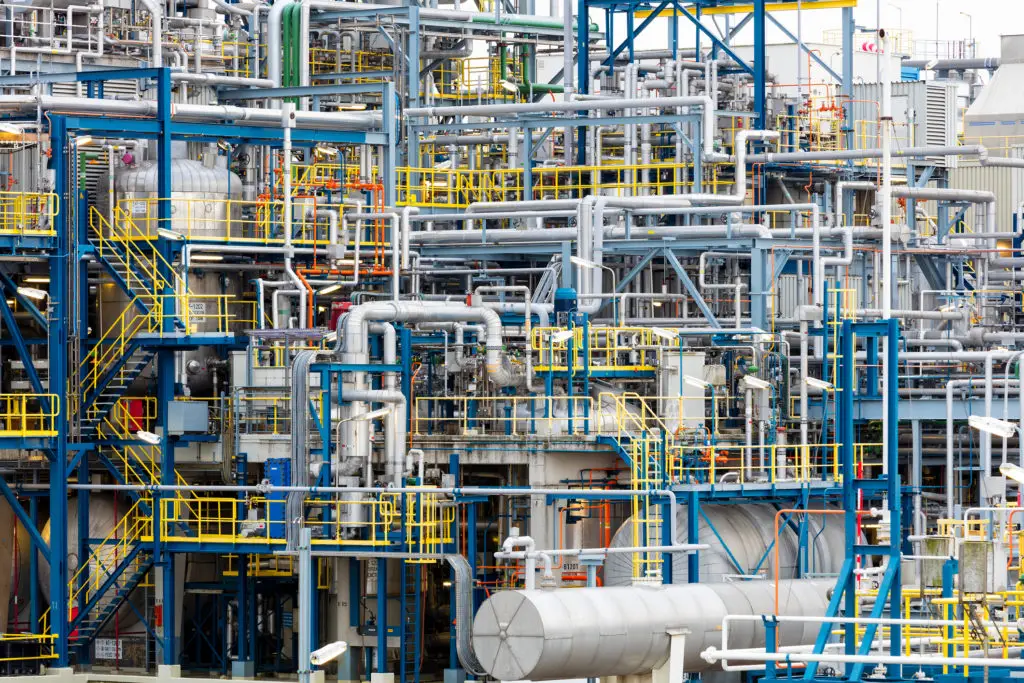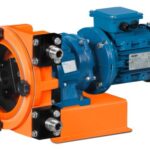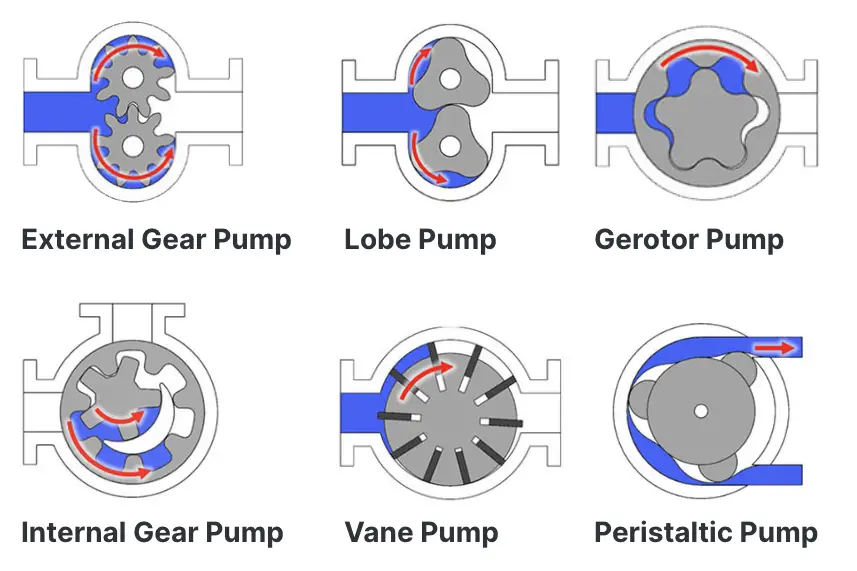A piping system is a network of pipes, valves, and other components used to convey fluids (liquids, gases, and slurries) from one point to another. This is the most efficient as well as common means of fluid transportation and is widely used in industrial applications. On average, piping constitutes 25% to 35% of the material of a process plant, requires 30% to 40% of the erection labor, and consumes 40% to 48% of the engineering man-hours. Piping systems are considered the arteries of our industrial process systems and their contribution is essential for the proper functioning of industrialized society.
The application of piping systems started from the earliest civilization and was used in agricultural system developments. Since then the piping systems have transformed into a proper science and technology to support modern industrial developments. With the application of various codes and standards, safety increased a lot, reducing piping system failures.
As the entire piping system consists of a large number of piping components, the failure of any single component has the ability to cause serious safety problems or shut down the entire plant. So, the piping systems must be designed with utmost care following the prevalent piping codes and standards. In terms of academics, piping engineering is considered a low-technology subject and is neglected. Due to this, only a limited number of colleges teach the subject. therefore, the engineers learn the piping engineering basics a hard way through actual practice in the field.
Piping systems are used in a wide range of applications as mentioned below:
- Industrial processes,
- Plumbing systems,
- Fire Protection Systems
- Heating, ventilation, and air conditioning (HVAC) systems.
Piping systems make use of a variety of materials, such as metals (steel, copper, aluminum, nickel, etc), plastics, and composites. The size, design, and materials used in a piping system are chosen based on various factors, such as the fluid being conveyed, the operating pressure and temperature, and the desired flow rate. The design and installation of a piping system must consider safety, reliability, and maintenance requirements.
Refer to Fig. 1 (Image Credit: https://www.theprocesspiping.com/introduction-to-piping-system/ ) below which shows a typical piping system to give you a rough idea of how complex a piping system can be.

Types of Piping Systems
Depending on various parameters piping systems can be classified into various groups. Some of the common types of piping systems are mentioned here.
Based on the fluid that is transported through the pipes, the common types of piping systems are:
- Water Piping System
- Oil Piping System
- Gas piping system
- Steam piping system
- Slurry Piping system
- Ash handling piping system.
- Compressed air piping system.
- Chemical piping system
- Vacuum Piping System.
Again depending on the sector where the piping is used, the widely used types of piping systems are:
- Plumbing systems/Building Services Piping System: Used for conveying potable water and waste in buildings, homes, and other structures.
- Fire protection systems: Used for supplying water to fire sprinklers and hoses in case of a fire.
- Natural gas and propane systems: Used for conveying natural gas and propane from the main supply line to appliances such as furnaces, stoves, and water heaters.
- Steam systems/Power systems Piping: Used for conveying steam from boilers to steam-powered equipment and processes.
- Process piping systems: Used in industrial processes to convey chemicals, liquids, gases, and other materials.
- HVAC systems: Used for heating and cooling buildings by conveying air and liquids to and from air conditioners, furnaces, and heat exchangers.
- Medical gas systems: Used for conveying medical gases such as oxygen, nitrous oxide, and medical air in healthcare facilities.
- Fuel oil systems: Used for conveying fuel oil in heating systems and backup power generators.
- Cryogenic Piping System: Used to convey cryogenic fluids.
- Hazardous Piping System: Used to carry hazardous fluids.
- Fuel Gas distribution Piping System
Each type of piping system has its own unique design and operational requirements, and the choice of materials, components, and configuration will depend on the specific application.
Depending on the pipe material used, the piping systems can be classified as follows:
- Metallic Piping System
- Non-Metallic Piping System
- Composite Piping System
- Internally Lined Piping System
- Concrete Piping System
- Glass Piping System, etc
Again, based on how the actual piping system is routed there are two types of piping systems as mentioned below:
- Aboveground Piping System, and
- Buried Piping System or Underground Piping System
Components of a Piping System
Even though each type of piping system is different, there are certain components that are common to all piping systems. In general, each piping system comprises the following components:
- Pipes: Long cylindrical items to carry or transfer fluids are known as pipes.
- Pipe Fittings: Pipe fittings are used for changing direction, creating branches, changing line sizes, etc. Common pipe fittings are flanges, elbows, tees, reducers, etc.
- Valves: Valves are used to stop, divert or control fluid flow. Common valve types are gate valves, globe valves, butterfly valves, ball valves, and control valves; the selection is based on intended function and application.
- Special Piping Items like strainers, expansion bellows, steam traps, etc.
- Piping Insulation
- Equipment like pumps, heat exchangers, tanks, reactors, etc is also considered part of the piping system.






